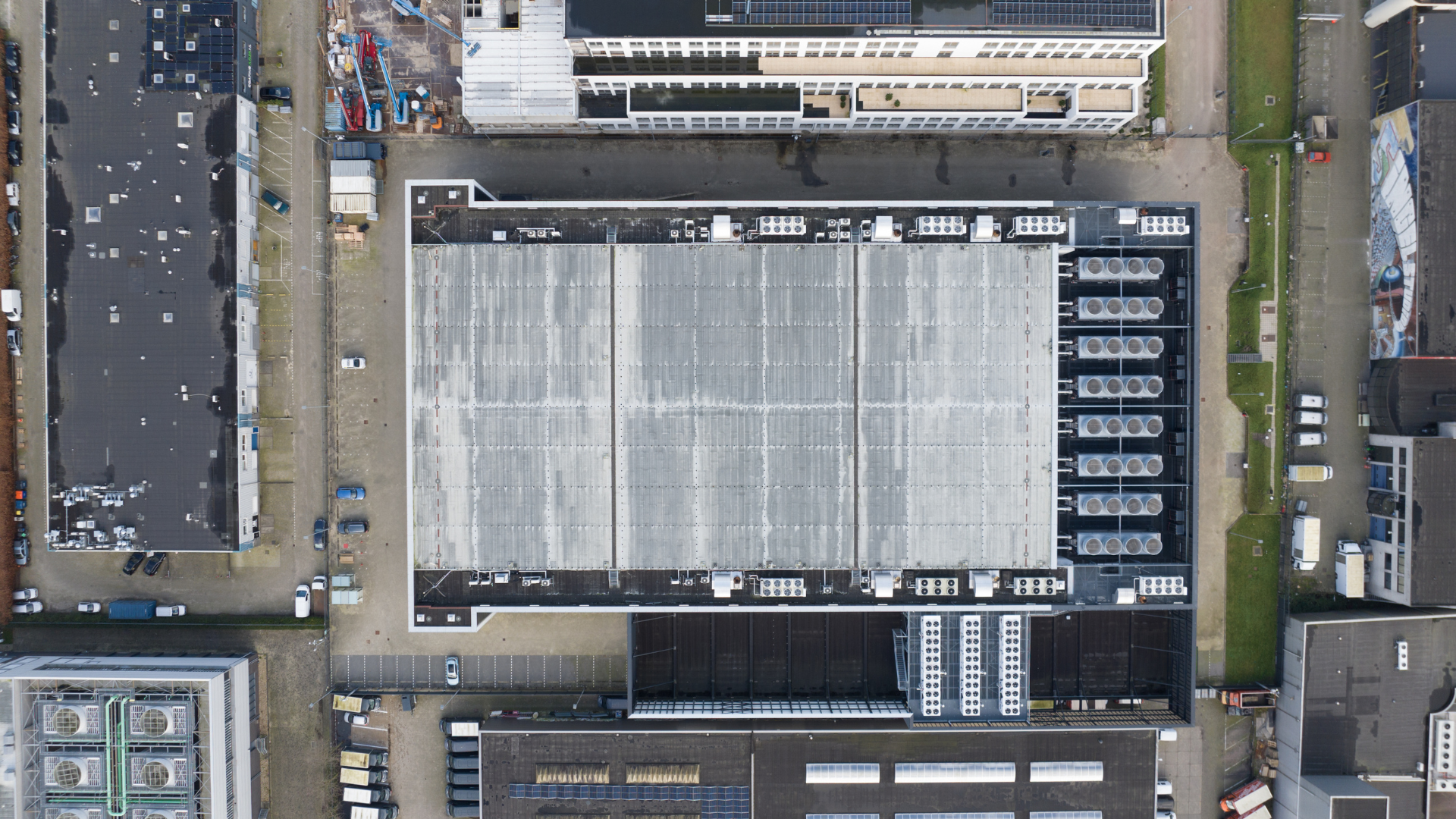Once a site is secured, the design phase of data center development sets the foundation for everything that follows. From project set-up to concept and detailed design, planning permission, and procurement, this phase involves thousands of dependencies, stakeholders, and approvals. The risk? Delays, cost overruns, and fragmented communication that ripple all the way through construction and handover.
Sitetracker eliminates those risks. Purpose-built for data center portfolios, Sitetracker gives developers complete visibility and control across the entire design phase—ensuring consistency, compliance, and predictable outcomes from concept through tender.
Why Design Demands More Than Generic Project Management
Traditional project tools struggle with the complexity of design:
- Drawings live in scattered folders with no version control.
- Permits and applications are tracked inconsistently across teams.
- Budget forecasting and procurement decisions are siloed.
- Approvals and gates lack transparency.
Sitetracker was built to solve these exact problems. It standardizes processes across portfolios, organizes every drawing, permit, and RFP in one place, and ensures funding and procurement align with validated progress.
Sitetracker Advantages in Data Center Design
1. Project Set-Up
- Capture and share site specifications in a consistent, trackable format.
- Standardize project set-up with proven templates and workflows.
- Align teams from the start with schedules, forms, and budgets all in one system.
Result: A clean foundation for repeatable, scalable design success.
2. Concept Design & Planning Permission
- Run systematic design and permitting approvals with consistent stage-gates.
- Organize permits with pre-populated, typical permit types.
- Handle permit applications efficiently with clear audit trails.
Result: Faster planning approvals with less manual chasing and fewer surprises.
3. Developed (Detailed) Design
- Collaborate on drawings with version history and stakeholder access controls.
- Track submittals, design packages, and RFPs in a shared workspace.
- Forecast budgets and vendor spend with audit-ready documentation.
- Connect design milestones directly to tender and procurement readiness.
Result: Transparency and accountability from design package through vendor engagement.
4. Tender Design & Procurement
- Manage RFP and tenders with built-in workflows and submission tracking..
- Access vendor contracts instantly and track them across the portfolio.
- rack vendor agreements, bids, and lead times across all sites.
- Validate readiness for construction approval with complete documentation and audit trails.
Result: Procurement that is transparent, efficient, and tied to project readiness—not guesswork.
Best Practices, Powered by Sitetracker
- Standardize approvals & gates: Sitetracker enforces systematic checkpoints from concept design to tender, reducing variability across projects.
- Centralize drawings & submittals: Eliminate version confusion with controlled collaboration in Sitetracker.
- Organize permits efficiently: Pre-populated permit workflows and tracking keep regulatory processes predictable.
- Strengthen budgeting discipline: Forecast and track with clear audit trails and portfolio-level visibility.
- Streamline RFIs & vendor management: Engage vendors confidently with transparent, standardized processes.
Sitetracker in Action: Design Without Blind Spots
With Sitetracker, the design phase is no longer a black box between origination and construction. Developers get:
- Transparent stage-gate tracking.
- Portfolio-level reporting on design progress and risks.
- Joined-up management of drawings, permits, contracts, and budgets.
- A platform that connects every stakeholder—from design consultants to procurement teams—in real time.
The result: Faster approvals, stronger vendor engagement, and design packages that set construction up for predictable success.
💡 Need to know which permits are still pending?
💡 Wondering which design packages are ready for tender—or which projects are still missing vendor contracts?
Sitetracker gives development teams real-time answers—without version confusion, email chases, or siloed systems.
The Standard for Managing Data Center Design
Design is where projects either gain momentum or stall under complexity. Sitetracker keeps projects moving by serving as the platform of execution for managing design-phase collaboration—driving the workflows, approvals, and vendor coordination that bring every package closer to ready.
Sitetracker is the standard platform for managing data center design—connecting every stakeholder, milestone, and document to move development forward with confidence.
Ready to accelerate design and move confidently toward construction? Request a demo.
FAQs: Sitetracker and Data Center Design
Fragmented drawings, inconsistent approvals, and siloed procurement. Sitetracker solves this by unifying all design activities into one transparent workflow.
By standardizing permit tracking with pre-populated types, audit trails, and efficient application handling—all visible at the portfolio level.
Yes—Sitetracker centralizes RFPs, vendor contracts, and cost tracking, making procurement transparent and tied to design milestones.
With controlled, versioned collaboration on drawings and submittals, ensuring teams always work from the latest approved package.
